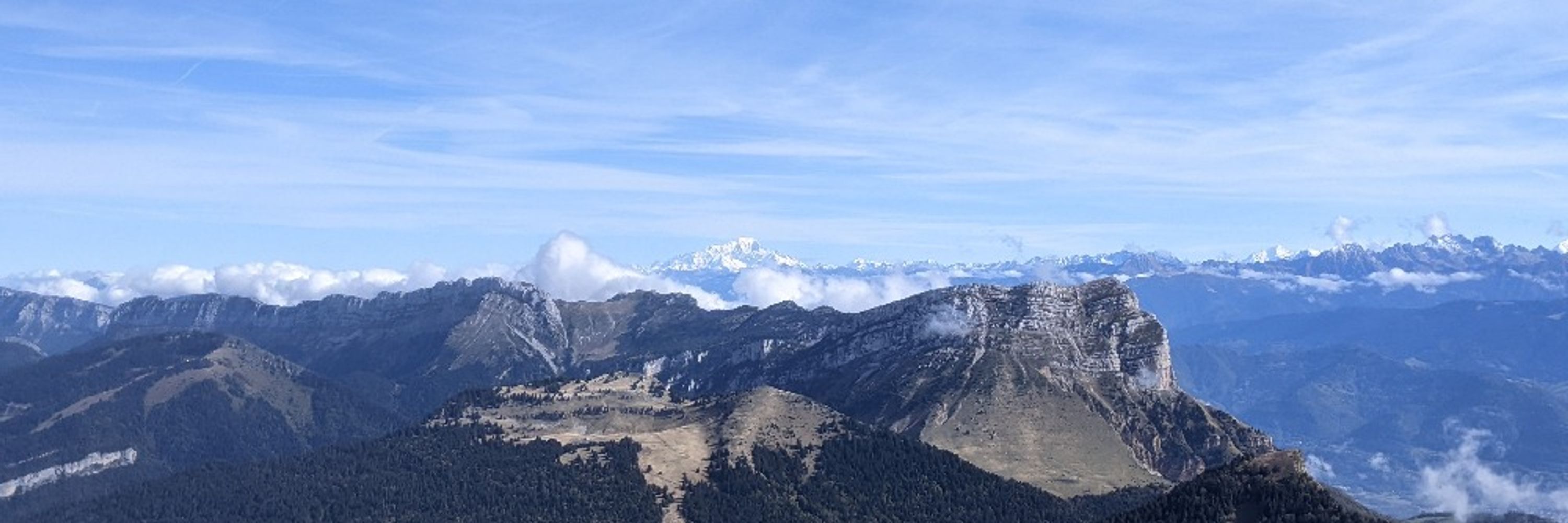
Jannes Münchmeyer
@jannesmunch.bsky.social
Postdoctoral researcher @gfz.bsky.social | Exploring earthquakes, tremors and slow slipping in the wild | he/him
Congratulations on defending! That cake is truly outstanding! I never tried phase picking on my switch so far 😅
August 29, 2025 at 2:51 PM
Congratulations on defending! That cake is truly outstanding! I never tried phase picking on my switch so far 😅
It should clearly read v0.10...
August 11, 2025 at 3:40 PM
It should clearly read v0.10...
In addition, there are many smaller tweaks (pick export to Pandas, PhaseNetWC, ...). Thanks to all contributors of this release.
You're working on machine learning for seismology as well? SeisBench is always looking for new contributions!
You're working on machine learning for seismology as well? SeisBench is always looking for new contributions!
May 14, 2025 at 12:03 PM
In addition, there are many smaller tweaks (pick export to Pandas, PhaseNetWC, ...). Thanks to all contributors of this release.
You're working on machine learning for seismology as well? SeisBench is always looking for new contributions!
You're working on machine learning for seismology as well? SeisBench is always looking for new contributions!
The migrations hint at the processes causing SSE initiation on the plate interface. Looking back in time, we identify numerous seismic swarms exactly colocated with the 2023 swarm, suggesting the existence of recurring SSEs in the area. (2/2)
May 8, 2025 at 9:00 AM
The migrations hint at the processes causing SSE initiation on the plate interface. Looking back in time, we identify numerous seismic swarms exactly colocated with the 2023 swarm, suggesting the existence of recurring SSEs in the area. (2/2)
Register here: scads.ai/event/intern...
International Training School "Ai 4 Seismology" May 5-8, 2025
The International Training School “AI 4 Seismology” aims to provide a comprehensive platform for knowledge exchange and skills development.
scads.ai
March 10, 2025 at 4:03 PM
Register here: scads.ai/event/intern...
This animation shows an example of how QSeek helps understanding the ongoing Santorini sequence in real-time: bsky.app/profile/gfz....
Some of you were waiting for it: Here's our new data visualisation of the earthquakes near #Santorini, provided by our colleague Marius Paul Isken, and located with pyrocko/qseek. It includes yesterday's quakes and starts January 29. Marius included a nice twist, so to speak. Wait for it.
February 26, 2025 at 12:45 PM
This animation shows an example of how QSeek helps understanding the ongoing Santorini sequence in real-time: bsky.app/profile/gfz....
Just to clarify, I didn't make this animation. I made a similar one a few days ago: bsky.app/profile/jann...
Nonetheless, I fully agree that we need solid science funding to enable understanding hazards like this!
Nonetheless, I fully agree that we need solid science funding to enable understanding hazards like this!
Hi Seismo-Bluesky! I decided to test a pipeline with SeisBench, PyOcto, NonLinLoc, and HypoDD on the Santorini sequence. The level of activity (>4,500 events) is truly stunning! There are repeated bursts migrating backwards and forwards, spreading outwards from a narrow, almost linear channel.
February 13, 2025 at 3:59 PM
Just to clarify, I didn't make this animation. I made a similar one a few days ago: bsky.app/profile/jann...
Nonetheless, I fully agree that we need solid science funding to enable understanding hazards like this!
Nonetheless, I fully agree that we need solid science funding to enable understanding hazards like this!
Thanks! I've personally left Twitter, but you can share the material there. Please include the link back to the original Bluesky post.
February 10, 2025 at 4:29 PM
Thanks! I've personally left Twitter, but you can share the material there. Please include the link back to the original Bluesky post.
Here you go! I picked a few of the burst migration speeds by hand and they are in the range of 2 km/h.

February 10, 2025 at 3:23 PM
Here you go! I picked a few of the burst migration speeds by hand and they are in the range of 2 km/h.

